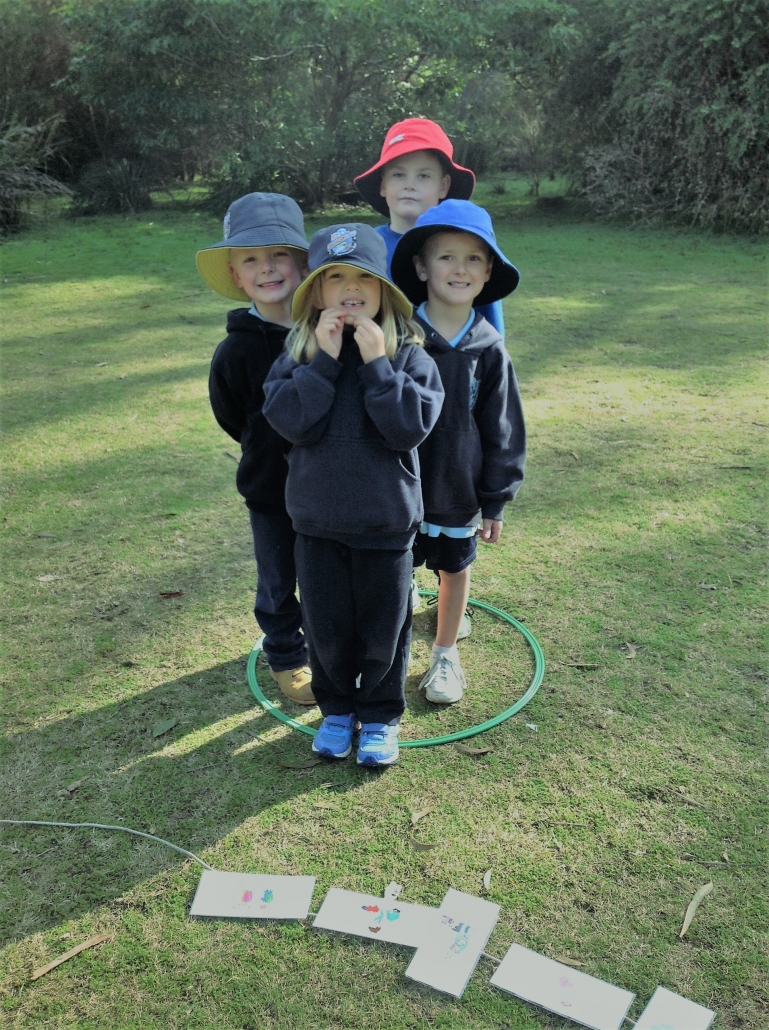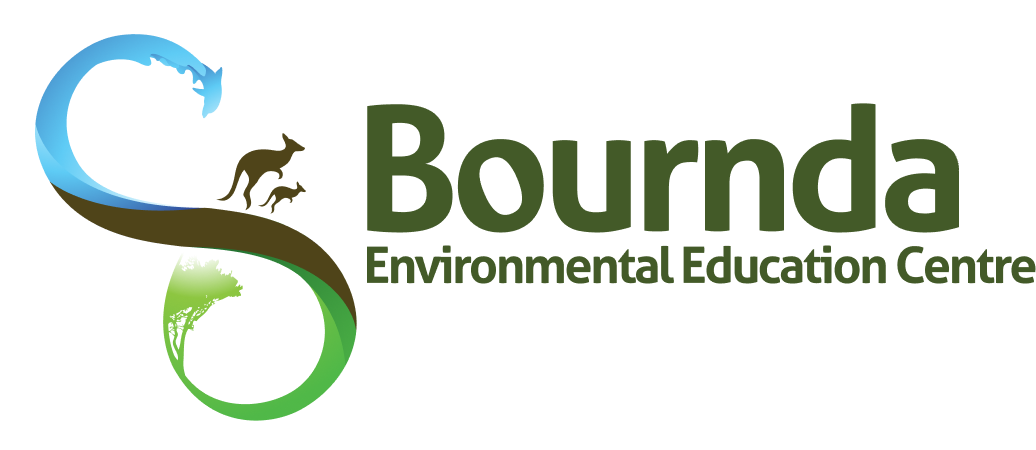Stage ES1 – History – Personal and Family Histories

Program Overview
The Personal and Family Histories program is designed specifically for Early Stage One students. It focuses on the communication of students past and present, through stories of their own family heritage and learning about the heritage of others. The learning experiences include a bushwalk where students discover the history of Bournda National Park and the creation of giant timelines to identify and sequence stages in their own life, and in the history of Bournda. They develop the skills of historical inquiry and communication by asking the question ‘How do we know?’ and by playing games where they need to understand and use the terms past, present, then and now.
Key Questions
- What is my history and how do I know?
- What stories do other people tell about the past?
- How can stories of the past be told and shared?
Learning Experiences
What has happened in our past?
Using the text ‘Wilfred Gordon McDonald Partridge’ by Mem Fox, students explore the concept of a memory, and discuss the difference between the past and the present. Students then focus on their own past and present and identify and sequence stages in their lifetime. Students help by asking the question ‘What has happened in my past’ to help create a personal timeline.
The students then create a timeline to represent the history of Bournda National Park. Each student has a prop and a noise / action to make to represent their time period (e.g clapping sticks for Aboriginal people). Each group of students find their place on a marked timeline on the ground.
What has happened in Bournda’s past?
Students follow the walking track which connects Scotts Bay and the Hobart Beach Camping Ground, following the shore of Wallagoot Lake. During this walk they may encounter sites that relate to Aboriginal occupation of this area, e.g. middens. Students will learn how middens and other Aboriginal artefacts can tell us stories about what has happened in the past. Students will engage in and respond to a local dreamtime story, to help them understand how Aboriginal people shared stories in the past. An emphasis is placed on how these stories can still be shared in the present, and we can still learn from the message in the story today. Students look at photos from Bournda’s past and ask the question ‘How do we know this photograph is from the past?’
Past and Present, Then and Now
A selection of history games are played in order for students to consolidate their learning and to help with understanding the relevant history content and language. Options include:
Then and now – students are shown a series of photographs of items that are either from the past ‘then’ or the present ‘now’. Once they see an item they need to choose if it is from the past or the present and then run to the marked location of ‘then’ or ‘now’. Items can be discussed and students can see if they know the equivalent item from the past or the present.
Timeline race – students get into small groups to work together to make their own timeline. Each student has to run to find a picture (e.g. a baby) and then work with their other team members to place the objects in order on their timeline.
Family Fun – students discuss similarities and differences between families. Students share who is in their family. Each student is then given a picture card with a family member on it. Hoops are laid out and a number is called out. Students need to make a ‘family’ with only the correct (called out) number of people in it. Each time the game is played, many different combinations of family members are created. Students discuss how there are many different structures of families and family groups.
Knucklebones and skipping ropes – students play a variety of old fashioned games from the past.
Old fashioned toys – students make old fashioned toys such as peg dolls.
Preparing for an excursion
Post-visit material
Syllabus Outcomes
History K-6
HTe-1 communicates stories of their own family heritage and the heritage of others
HTe-2 demonstrates developing skills of historical inquiry and communication
History Content
How the stories of families and the past can be communicated (ACHHK004)
Students:
- use a variety of sources to recount stories about their families and discuss how sources are used to answer the question ‘How do we know?’
- discuss then and now; past and present
- identify and sequence stages in their lifetime
Historical concepts and skills
Continuity and change: some things change over time and others remain the same
Cause and effect: events, decisions or developments in the past that produce later actions, results or effects
Perspectives: people from the past will have different views and experiences
Empathetic understanding: developing an understanding of another’s views, life and decisions made
Significance: importance of an event, development of individual/group
